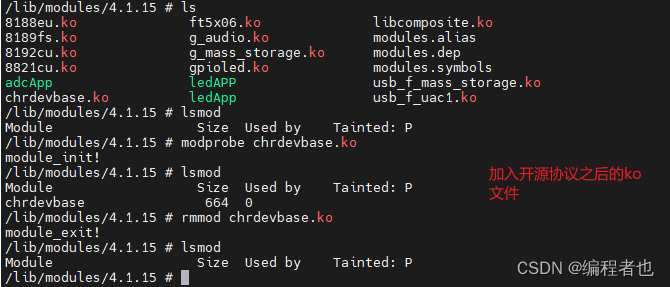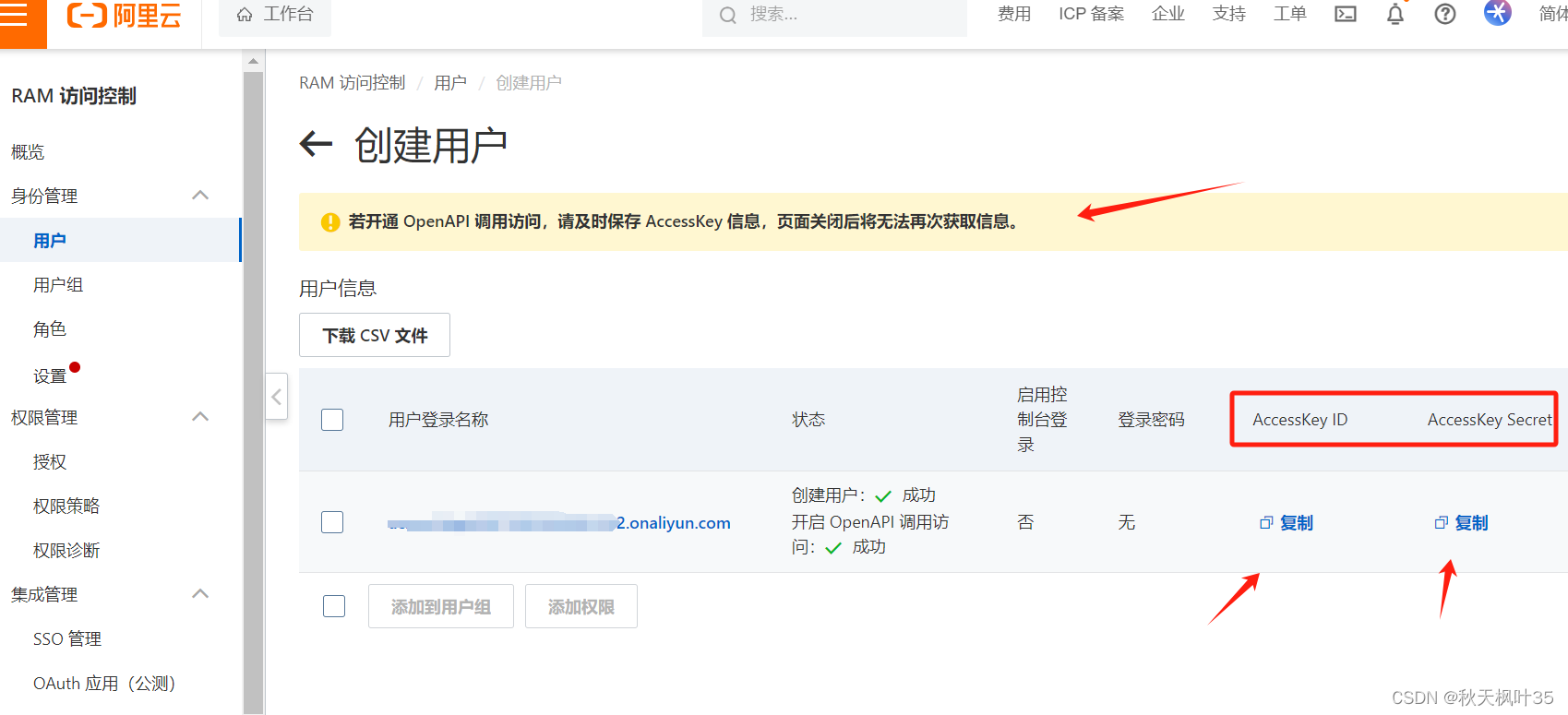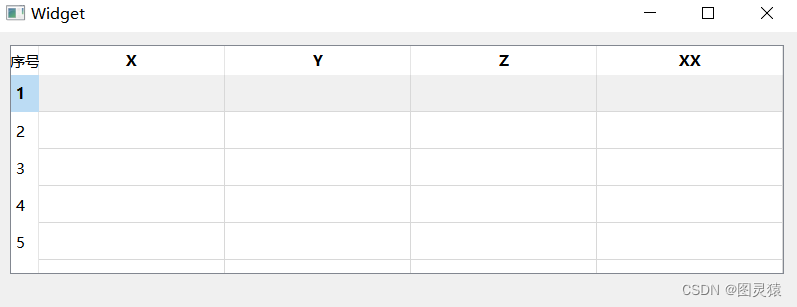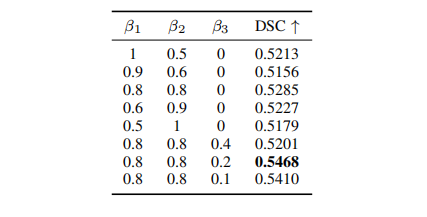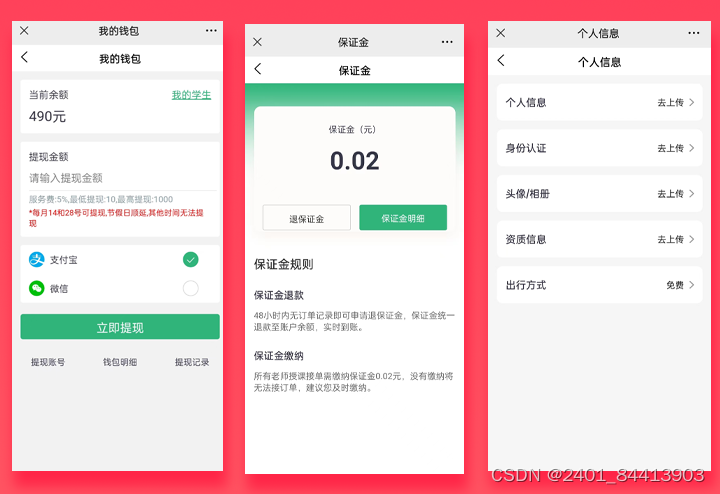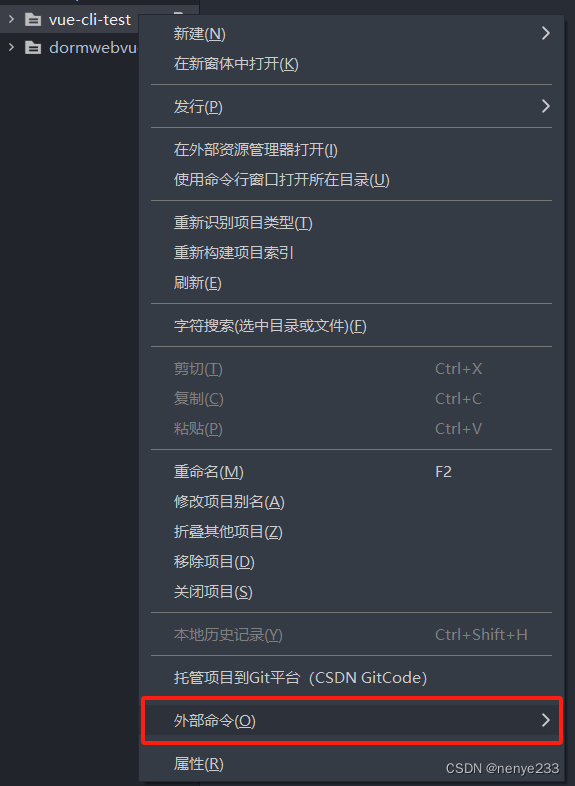Pytest主要模块
Pytest 是一个强大且灵活的测试框架,它通过一系列步骤来发现和运行测试。其核心工作原理包括以下几个方面:
测试发现:Pytest 会遍历指定目录下的所有文件,找到以 test_ 开头或 _test.py 结尾的文件,并且识别文件中以 test_ 开头的函数作为测试函数。
测试收集:Pytest 使用 Python 的 inspect 模块和标准命名约定来收集测试函数。它会导入测试模块,并检查模块中的所有函数,找到符合测试命名约定的函数。
测试执行:Pytest 运行收集到的测试函数,并捕获测试的结果,包括成功、失败、错误等信息。
结果报告:Pytest 格式化并输出测试结果,包括每个测试的通过、失败、错误信息。
Pytest 命令运行测试的机制,当执行 pytest 命令时,以下是发生的主要步骤:
命令行入口:Pytest 的入口函数会从命令行参数中解析出测试路径和其他选项。
初始化:Pytest 初始化内部组件,包括配置、插件等。
测试发现和收集:根据配置和路径进行测试发现和收集。
测试执行:逐个运行收集到的测试函数,并记录结果。
结果报告:汇总并输出测试结果。
从0构建一个类似pytest的工具
前面简要介绍了pytest的主要功能模块,如果要从0构建一个类似pytest的工具,应该如何实现呢?下面是实现的具体代码。
import os
import importlib.util
import inspect
import traceback
import argparse
# 发现测试文件
def discover_tests(start_dir):
test_files = []
for root, _, files in os.walk(start_dir):
for file in files:
if file.startswith('test_') and file.endswith('.py'):
test_files.append(os.path.join(root, file))
return test_files
# 查找测试函数
def find_test_functions(module):
test_functions = []
for name, obj in inspect.getmembers(module):
if inspect.isfunction(obj) and name.startswith('test_'):
test_functions.append(obj)
return test_functions
# 运行测试函数
def run_tests(test_functions):
results = []
for test_func in test_functions:
result = {'name': test_func.__name__}
try:
test_func()
result['status'] = 'pass'
except AssertionError as e:
result['status'] = 'fail'
result['error'] = traceback.format_exc()
except Exception as e:
result['status'] = 'error'
result['error'] = traceback.format_exc()
results.append(result)
return results
# 打印测试结果
def print_results(results):
for result in results:
print(f'Test: {result["name"]} - {result["status"]}')
if result.get('error'):
print(result['error'])
print('-' * 40)
# 主函数
if __name__ == '__main__':
parser = argparse.ArgumentParser(description='A simple pytest-like tool')
parser.add_argument('test_path', type=str, help='Path to the test file or directory')
args = parser.parse_args()
test_path = args.test_path
if os.path.isdir(test_path):
test_files = discover_tests(test_path)
elif os.path.isfile(test_path):
test_files = [test_path]
else:
print(f"Invalid path: {test_path}")
exit(1)
for test_file in test_files:
# 根据测试文件路径创建模块规范
spec = importlib.util.spec_from_file_location("module.name", test_file)
# 根据模块规范创建一个模块对象
module = importlib.util.module_from_spec(spec)
# 加载并执行模块代码
spec.loader.exec_module(module)
# 在模块中查找测试函数
test_functions = find_test_functions(module)
# 运行所有找到的测试函数,并记录结果
results = run_tests(test_functions)
# 输出测试结果
print_results(results)
准备测试脚本文件:test_example.py,内容如下所示:每个测试方法都是以test开头,这样上面的代码才能正确捕获到测试方法。
def test_addition():
assert 1 + 1 == 2
def test_subtraction():
assert 2 - 1 == 1
def test_failure():
assert 1 + 1 == 3执行命令"python3 simple_pytest.py test_example.py",运行测试,结果如下:两个执行成功,一个失败。说明整个工具功能符合预期。

importlib.util包
上面的代码通过importlib.util来动态加载和操作模块,importlib.util的主要作用是提供实用工具来帮助开发者在运行时动态加载模块,而不是在编译时静态加载。这对于需要在程序执行期间动态加载模块的场景非常有用,例如插件系统、测试框架等。提供的主要方法有:
spec_from_file_location(name, location, *, loader=None, submodule_search_locations=None): 根据文件路径创建一个模块规范 (ModuleSpec)
module_from_spec(spec):根据模块规范创建一个新的模块对象
spec.loader.exec_module(module):执行加载模块的代码,将代码注入到模块对象中
find_spec(name, package=None):查找指定名称的模块规范
模块规范具体包含哪些属性呢?模块规范主要包含模块名称,模块的加载器,模块的来源,是否有文件路径,子模块搜索路径,缓存路径,是否有父模块。

下面这段代码演示了如何通过importlib.util包来创建模块,并调用模块中的函数。
import importlib.util
# 获取模块文件路径
file_path = "example_module.py"
# 创建模块规范对象
spec = importlib.util.spec_from_file_location("example_module", file_path)
# 打印ModuleSpec对象的信息
print("ModuleSpec Information:")
print(f"Name: {spec.name}")
print(f"Loader: {spec.loader}")
print(f"Origin: {spec.origin}")
print(f"Has Location: {spec.has_location}")
print(f"Submodule Search Locations: {spec.submodule_search_locations}")
# 创建模块对象
module = importlib.util.module_from_spec(spec)
# 加载并执行模块
spec.loader.exec_module(module)
# 调用模块中的函数
module.hello()
module.test_addition()
module.test_failure()example_module.py测试文件内容
def hello():
print("Hello from example_module!")
def test_addition():
assert 1 + 1 == 2
def test_failure():
assert 1 + 1 == 3 执行结果如下所示:可以看到文件中的函数都被执行了,且给出了执行结果。如果是测试框架,就可以收集这些测试结果,用户后续的测试报告显示。

自定义命令运行测试文件
前面在执行测试的时候,是通过python命令来执行测试文件的,如果要像pytest一样,通过自定义命令来执行测试文件,应该如何实现呢?这里需要借助Python的setuptools包中的 entry_points 功能。通过定义一个控制台脚本,让用户直接通过命令行运行工具。在原来代码基础上,创建setup.py文件。entry_points中console_scripts中,定义了自定义命令是my_pytests,对应的代码入口是之前的工具实现文件simple_pytest文件中main方法。
from setuptools import setup, find_packages
setup(
name='my_pytest',
version='0.1',
packages=find_packages(),
entry_points={
'console_scripts': [
'my_pytests=simple_pytest:main',
],
},
python_requires='>=3.6',
)定义好setup文件后,通过命令进行打包"pip install -e .",就可以通过my_pytests命令执行文件了,例如“my_pytests ./test_example.py” or "my_pytests ./tests".执行结果如下所示:

以上就是构建类似pytest工具的实现过程以及原理。


